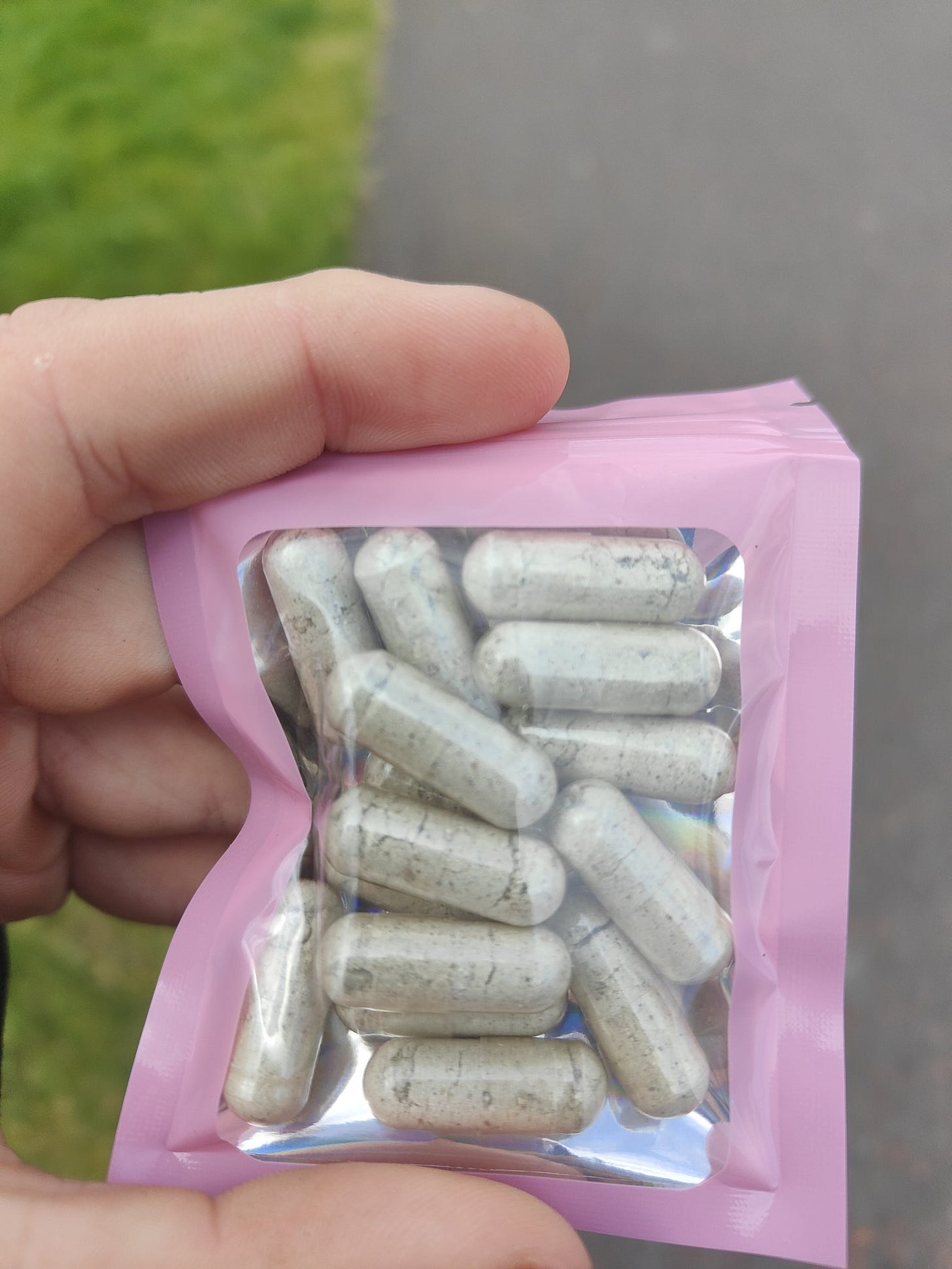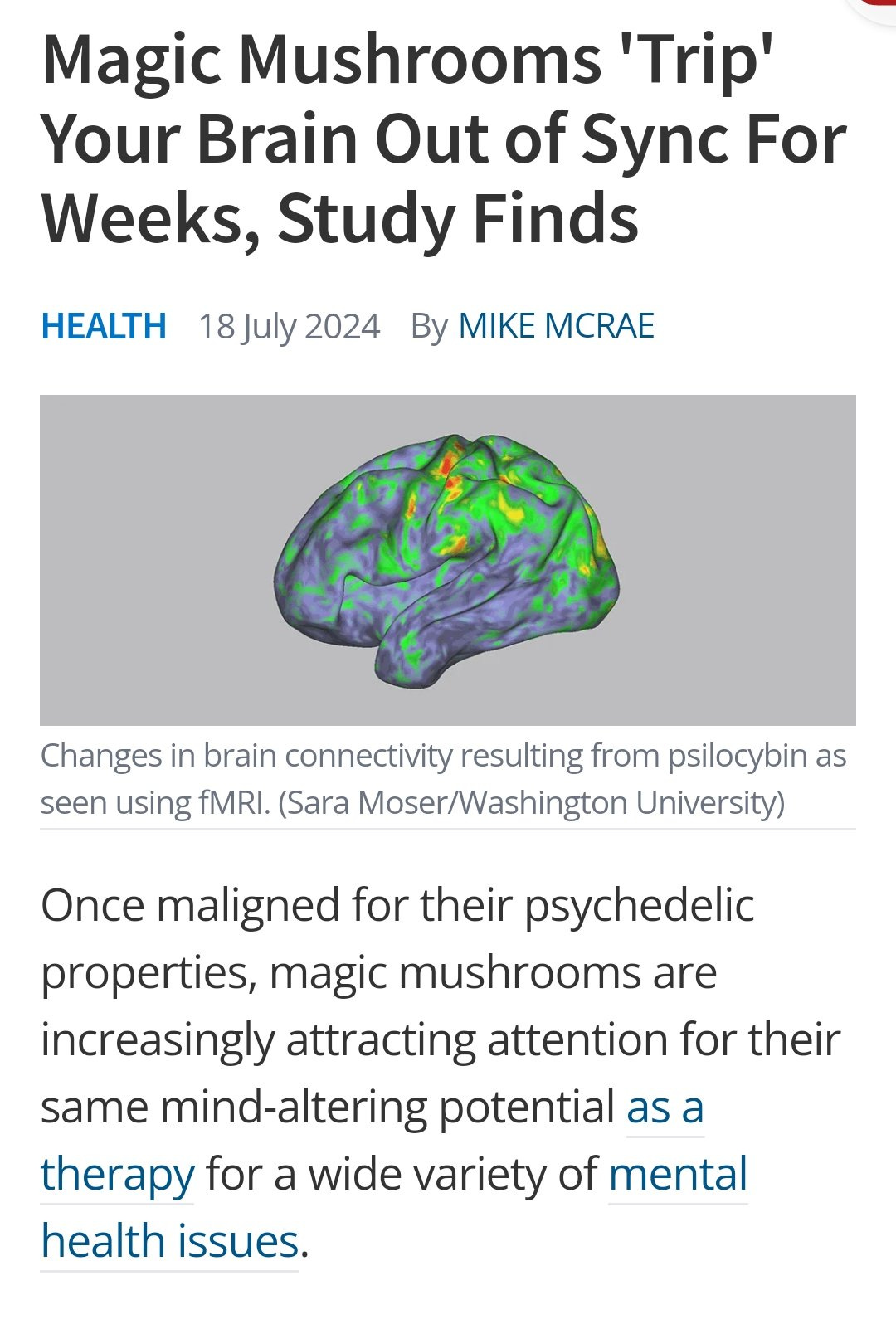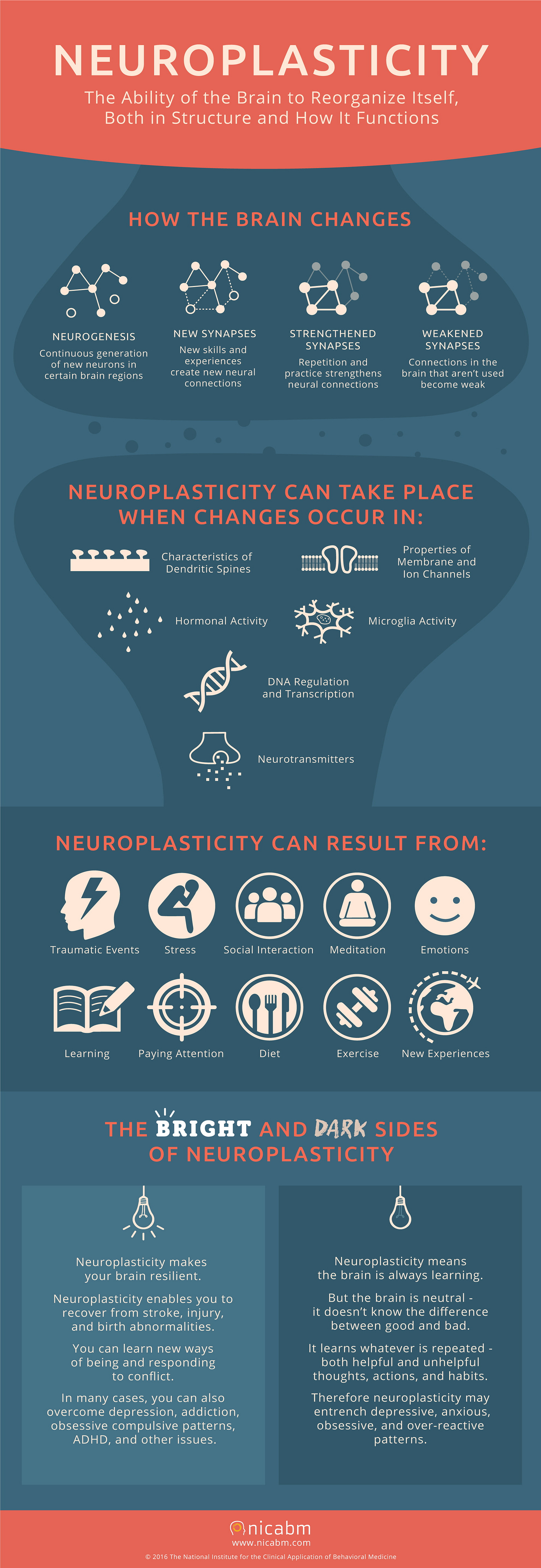The Biohackers guide to Leveraging Mushrooms for Cognitive Flexibility + Habitual Rewiring
It works.... #1
Several months ago, I was struggling to focus on work due to bad habits I had accumulated over the years. In an effort to overcome this, I decided to leverage my understanding of pharmacology
After speaking with a close friend, he promptly suggested microdosing magic mushrooms.
Given my curiosity as a biohacker, I decided to take him up on the offer
This inevitably led me down a rabbit hole into the world of mushrooms.
The next day, I sought out a source. I found someone through my friend who ran a page on Instagram (Redacted). She offered me capsules mixed with reishi and psilocybin at a dosage of 0.4g (sub-perceptional dosing)
Bear in mind, this was my first time even thinking about using psychedelics. I had always viewed them as a drug used by crazy people
This had been my viewpoint for years. However, after acquiring them, I started researching the plethora of benefits associated with magic mushrooms. What I found was a mix of anecdotal and science-backed evidence supporting their use for anxiety, depression, and more
One of the most compelling effects was their ability to "re-arrange" the brain for molding. Essentially, psychedelics act on the brain in a way that opens it up to be rewired and reprogrammed through neuroplasticity. They also activate a region of the brain called the default mode network. Activating these parts of the brain can enhance cognitive flexibility, which is why I paired psilocybin with L-theanine to potentiate alpha waves and get into some interesting flow states
Please note, I am not endorsing the use of magic mushrooms
merely highlighting their benefits when consumed at a sub-perceptional dosage. It's also important to mention that I have a genetic predisposition to schizophrenia, which is why I was extra careful with dosing
I stuck to a sub-perceptional dosage based on my body weight and did not stray from it.
As with all compounds I've used in the past, I wanted to understand how it worked and how I would react to it. So, I looked into the psilocybin molecule and how it interacts with receptors.
Let’s Look at the Psilocybin Molecule:
Psilocybin is the phosphorylated form of psilocin. It has a phosphate group (PO₄³⁻) attached to the hydroxyl group (OH) of the indole ring, which is crucial for the molecule's stability and pharmacokinetics (how it’s metabolized). Its molecular formula is C₁₂H₁₇N₂O₄P.
Psilocybin itself is not the compound responsible for the psychoactive effects; it is a prodrug. This means the psychoactive effects only occur after ingestion, when psilocybin is metabolized by the liver and eventually turned into psilocin, which produces the psychoactive effects (at higher dosages).
Psilocin is structurally similar to the serotonin molecule, which explains why it can mimic serotonin and interact with serotonin receptors in the brain.
Receptor Interactions and Effects:
- 5-HT2A: This is the primary receptor responsible for the hallucinogenic effects of psilocin. Psilocin is a partial agonist of this receptor, meaning it partly binds with it. This explains the altered mood, perception, and cognition experienced. It also stimulates the release of glutamate in the prefrontal cortex, enhancing cognitive flexibility.
- 5-HT2C: Psilocin also acts on the 5-HT2C receptor, which is involved in regulating mood and anxiety. This could explain the anxiolytic effects often associated with microdosing.
- 5-HT1A: Although psilocin is only a partial agonist of this receptor, this interaction may further explain the anti-anxiety effects of psilocybin.
How to Use Psilocybin to Increase Cognitive Flexibility and Habitual Rewiring:






